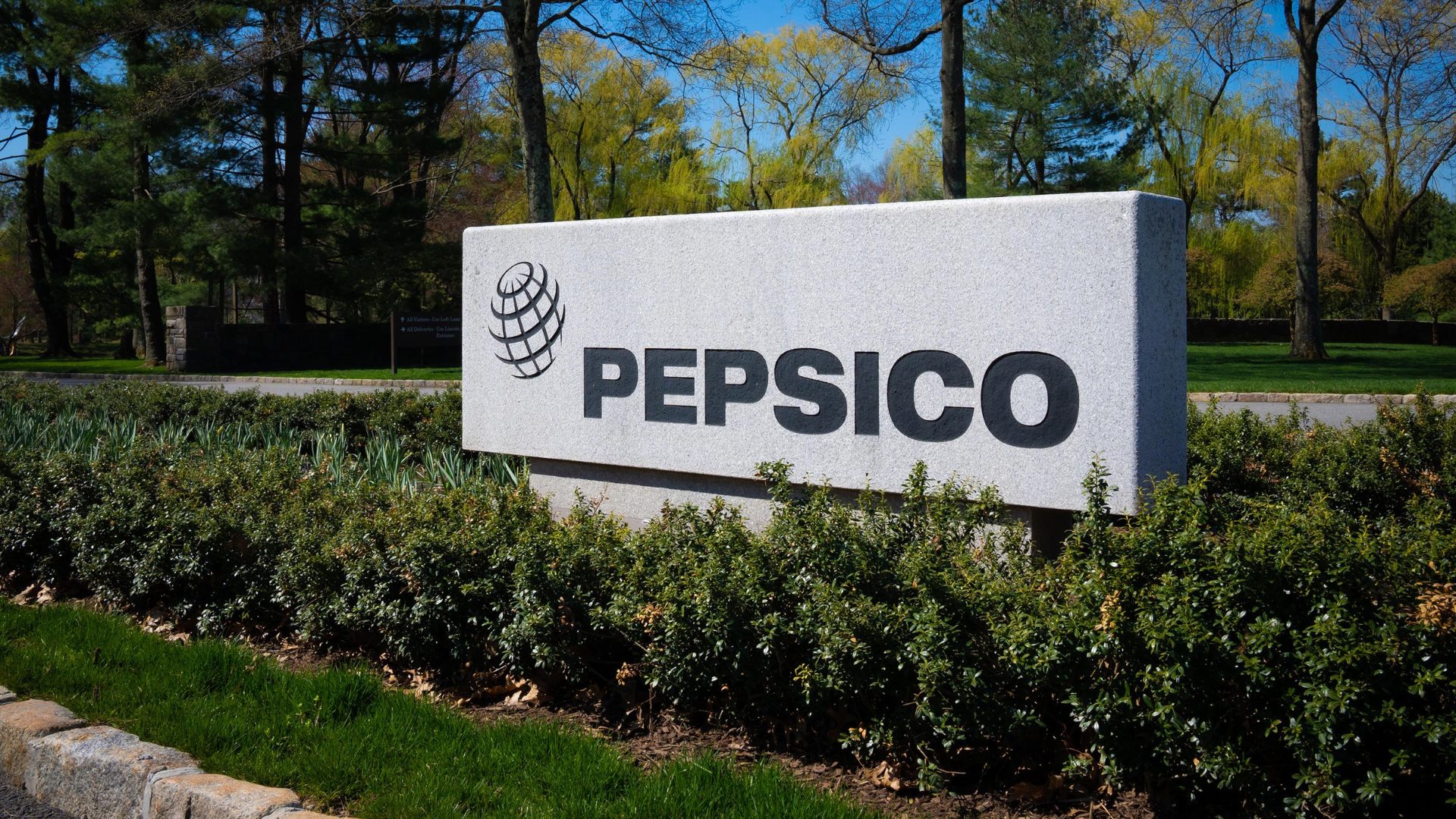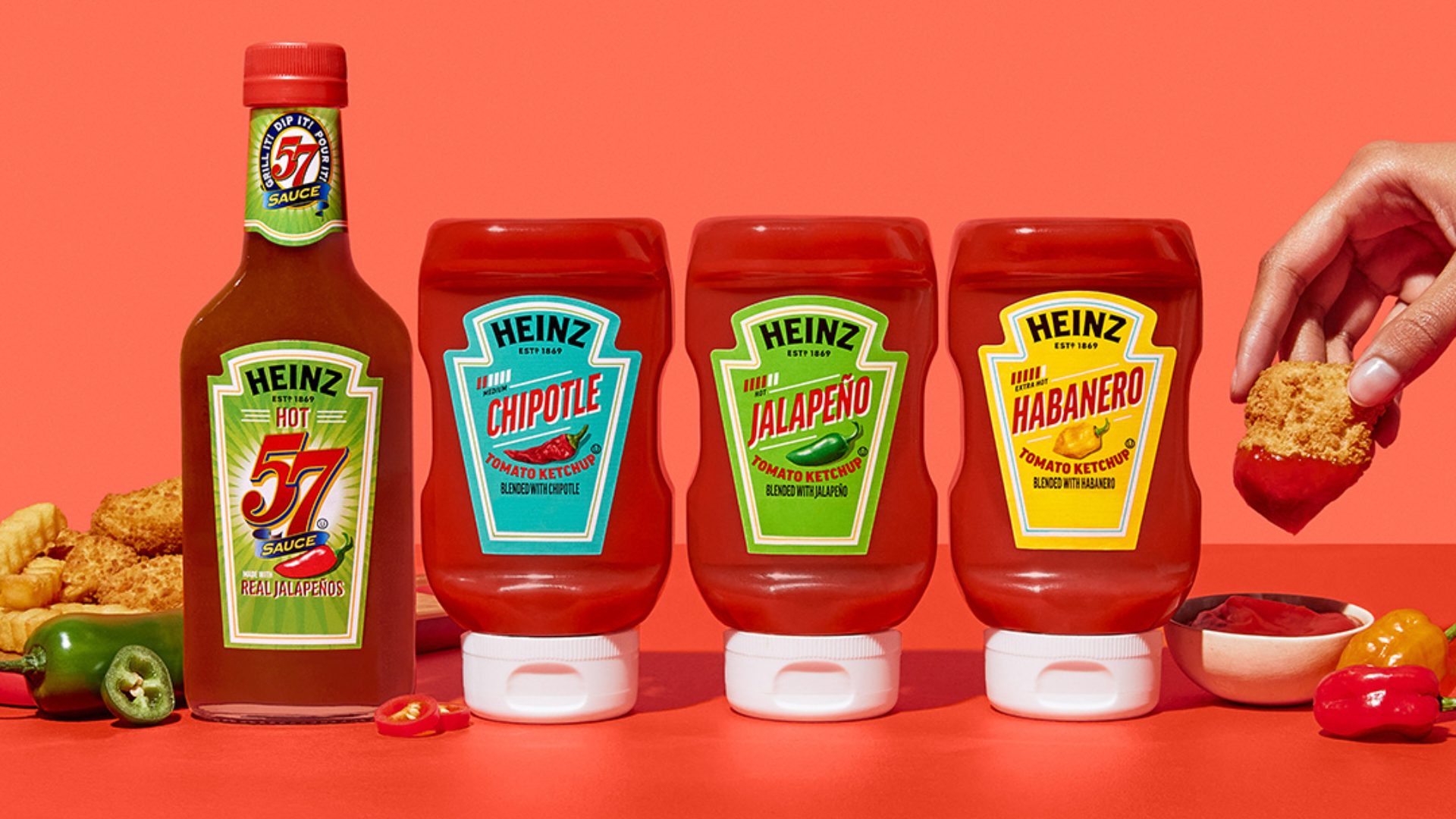In 2015, in his annual letter to shareholders, Berkshire Hathaway chairman Warren Buffett railed against investment bankers. “Being paid as they are for action,” he wrote, “[they] constantly urge acquirers to pay 20 to 50 percent premiums over market price for publicly held businesses. The bankers tell the buyer that the premium is justified for ‘control value’ and for the wonderful things that are going to happen once the acquirer’s C.E.O. takes charge.”
But as Buffett noted, the pitch eventually reverses. “A few years later, bankers — bearing straight faces — again appear and just as earnestly urge spinning off the earlier acquisition in order to ‘unlock shareholder value’.”
One has to wonder if that passage has crossed Buffett’s mind in recent months.
On Friday, the Wall Street Journal reported that Kraft Heinz was planning to break itself up. Berkshire gave up its seat on the Kraft Heinz board of directors in May, but surely Buffett and Berkshire have been privy to discussions around the split. Berkshire’s departure from the board in fact came at the same time KHC confirmed it was “evaluating potential strategic transactions.”
The KHC story admittedly is a little different from the hypothetical Buffett posed a decade ago. It was Berkshire and 3G Capital — the latter a private equity fund, not an investment bank — that pushed Kraft and Heinz together in 2015, the same year Buffett wrote his Wall Street critique.
But Kraft Heinz at the least is tracing the same path pushed by fee-hungry bankers: the statement in May even echoed Buffett’s 2015 letter in saying that the company was working to “unlock shareholder value”. Indeed, it seems highly likely that at least a few investment bankers are part of that process. And one can easily foresee that when and if a breakup is formally announced, Kraft Heinz management will say, as did Buffett’s fictional bankers, that “the spun-off company will flourish because its management will be more entrepreneurial, having been freed from the smothering bureaucracy of the parent company.”
In Kraft Heinz’s defense, however, the company has tried everything else. The original merger centered on a zero-based budgeting strategy that would make the combined company leaner and more profitable. That didn’t work. Portfolio pruning in 2021 — selling the natural cheese business to France’s Groupe Lactalis in and the nuts business to Hormel — helped the balance sheet but not the stock price. Efforts to further slim down, including a reported effort to sell Oscar Mayer last year, didn’t come to fruition.
Starting in 2020, KHC divided its brands into categories by strength. First there was “grow,” “energize,” and “stabilize”; in 2024 the labels became “accelerate,” “protect,” and “balance.” That strategy hasn’t improved growth or investor sentiment. As we noted in April, organic volumes are in steep decline and Kraft Heinz stock flirted with an all-time low last month before a bounce of late.
A breakup is essentially the last card Kraft Heinz has left to play.
No doubt, the recent success of a similar move has helped KHC toward this decision. In 2023, Kellogg split into two companies, separating out its lower-growth cereal business and creating a more attractive portfolio under the Kellanova banner. Within a year, Mars had agreed to buy Kellanova; the cereal business, renamed W.W. Kellogg, is being sold to Italy’s Ferrero.
Reporting from Bloomberg suggests Kraft Heinz is considering a similar strategy. The outlet said Kraft Heinz was likely to keep its focus on the current brand hierarchy, and prioritize the stronger brands, including condiments, Philadelphia cream cheese, and Ore-Ida. Clearly, Kraft could follow the Kellogg playbook, and shunt off weaker brands (and a good deal of debt) into a separate entity. The pitch would be that the low- or negative-growth brands could be harvested for as much cash flow as possible, while the presumably stronger, faster-growing unit could invest behind growing and/or stabilizing the better products in the portfolio.
It’s possible that a Kraft split could be as successful as the Kellogg split was, though that’s a high bar (total returns across the two companies are currently just over 100% since the split became official in October 2023). A Kraft Heinz without the drag from Oscar Mayer, Maxwell House, and Velveeta could attract more investor interest and a higher valuation.
But at the same time, there are good reasons why Buffett was so skeptical toward the cycle of building companies up and then tearing them down. New companies create new costs — but not necessarily new solutions. And after a decade, the problem for Kraft Heinz hardly seems to be that investors don’t understand the intrinsic value of its portfolio, or can’t properly value the better brands due to the performance of the weaker ones.
Rather, the problem is that in a suddenly volatile and challenging environment, the existing portfolio as a whole hasn’t been strong enough, and execution hasn’t been good enough. The question Buffett would have asked a decade ago — and might well have asked in 2025 — is how spreading that problem across two companies, instead of one, is going to solve anything.
Vince Martin is an analyst and author whose work has appeared on multiple financial industry websites for more than a decade; he’s currently the lead writer for Wall Street & Main. He has no positions in any companies mentioned.
The Food Institute Podcast
Several economic headwinds indicate the consumer is being financially stretched, but we all need to eat – so what are consumers actually buying at the grocery store? Nik Modi of RBC returns to The Food Institute Podcast to discuss channel differentiation, consumer product selection, and other macro trends.












